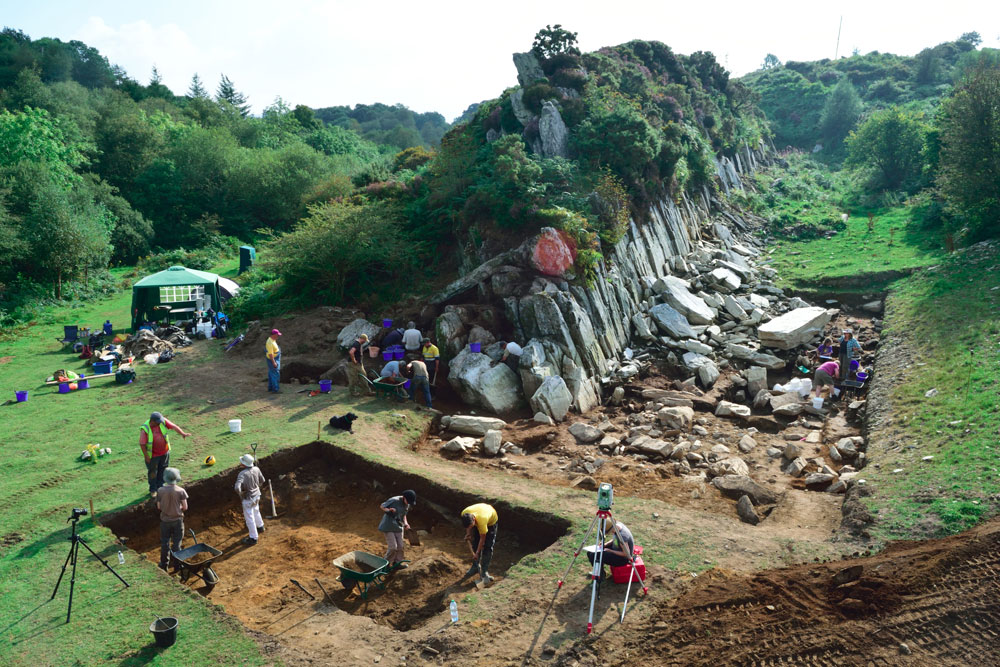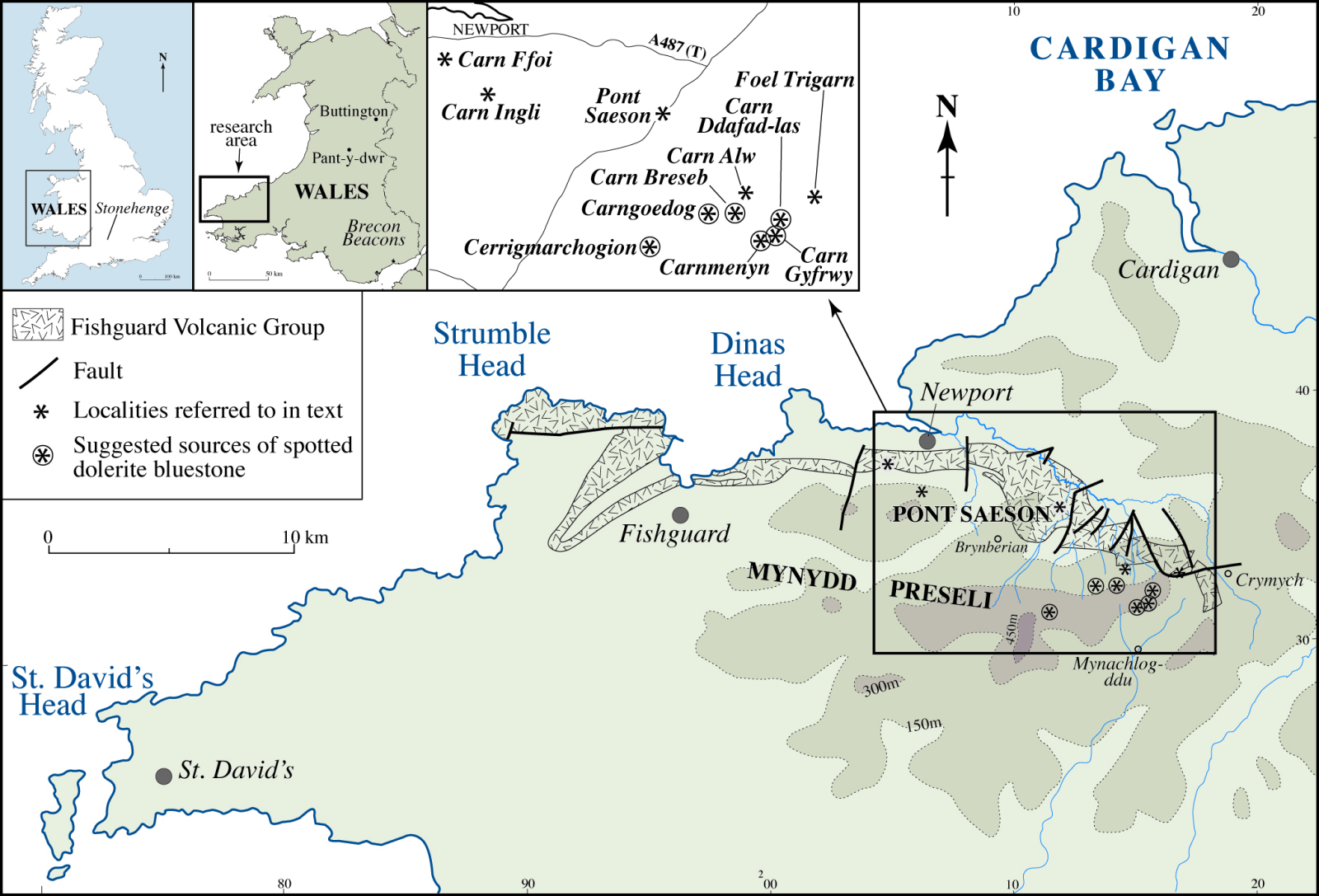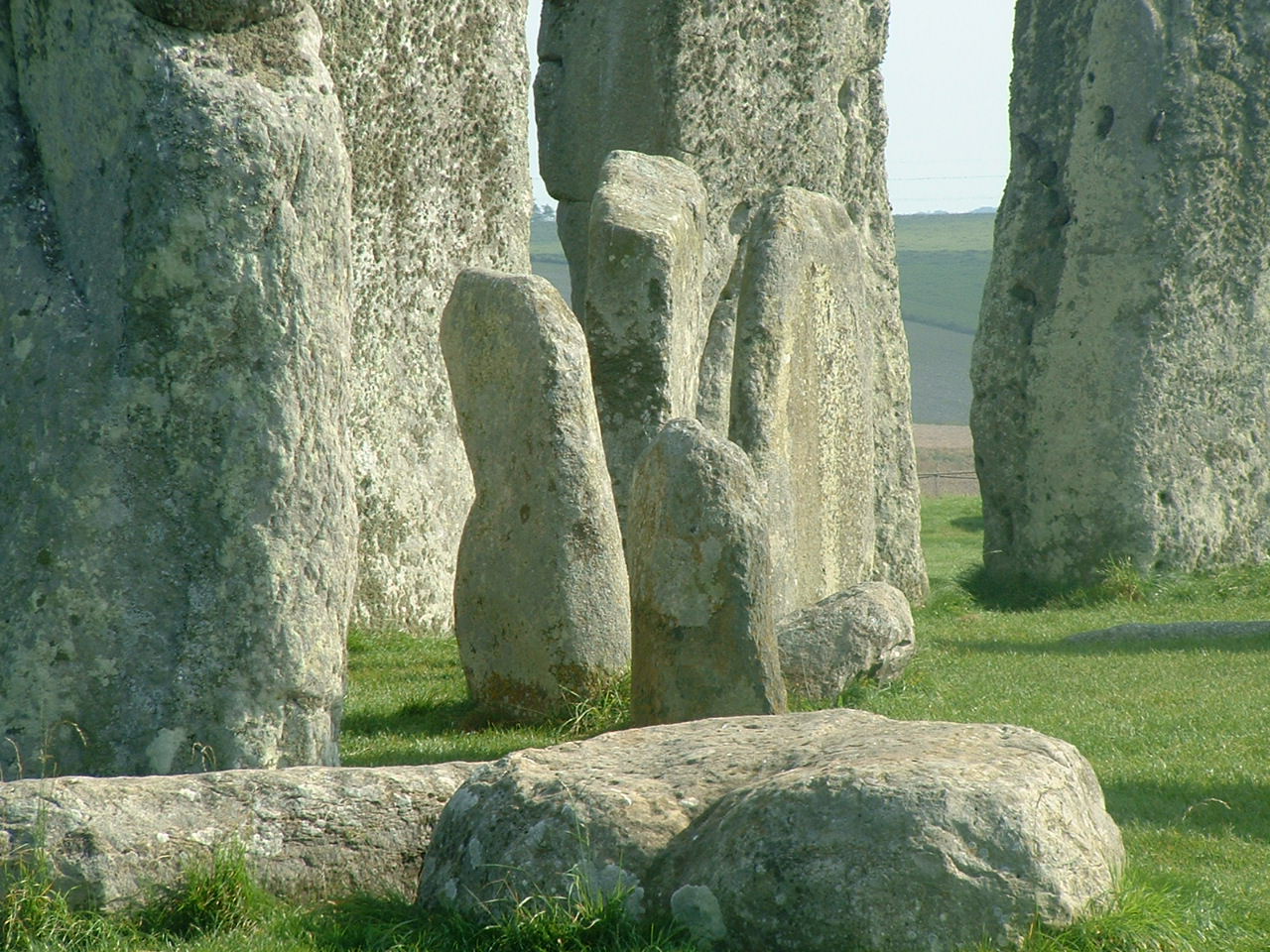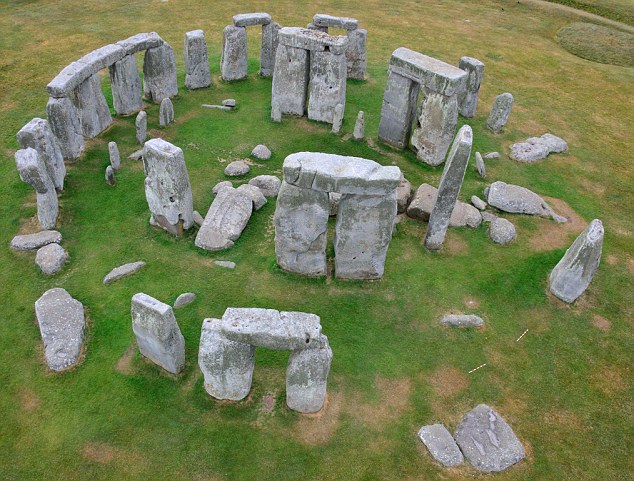Question
How were the bluestones transported to Stonehenge?
04 Jan, 2016Scenarios
Calculated Conclusions
Conclusions
1
The
2
The
3
The
Analysis
The stones of Stonehenge (4 items)
Chlorine-36 dating of rocks taken from Stonehenge indicates approximately 14,000 years of exposure to the sun.
There are many bluestone fragments in and around Stonehenge in contrast to the sparse representation of
The
There are large variations in the size and shape of the
Geological materials in the Stonehenge area (or lack thereof) (5 items)
There is no
Some land features in the Bristol-Bath region present as possible
No other
There are many boulders in the vicinity of Stonehenge.
The Salisbury Plain contains chalk flint, Upper Greensand chert, sandstone, vein quartz, quartzites, and grits.
Evidence (1 item)
A group of bodies buried near Stonehenge (the Boscombe bowmen) hailed from Wales around the years 2500-2000 BC.






Discussion
Why was Stonehenge built?